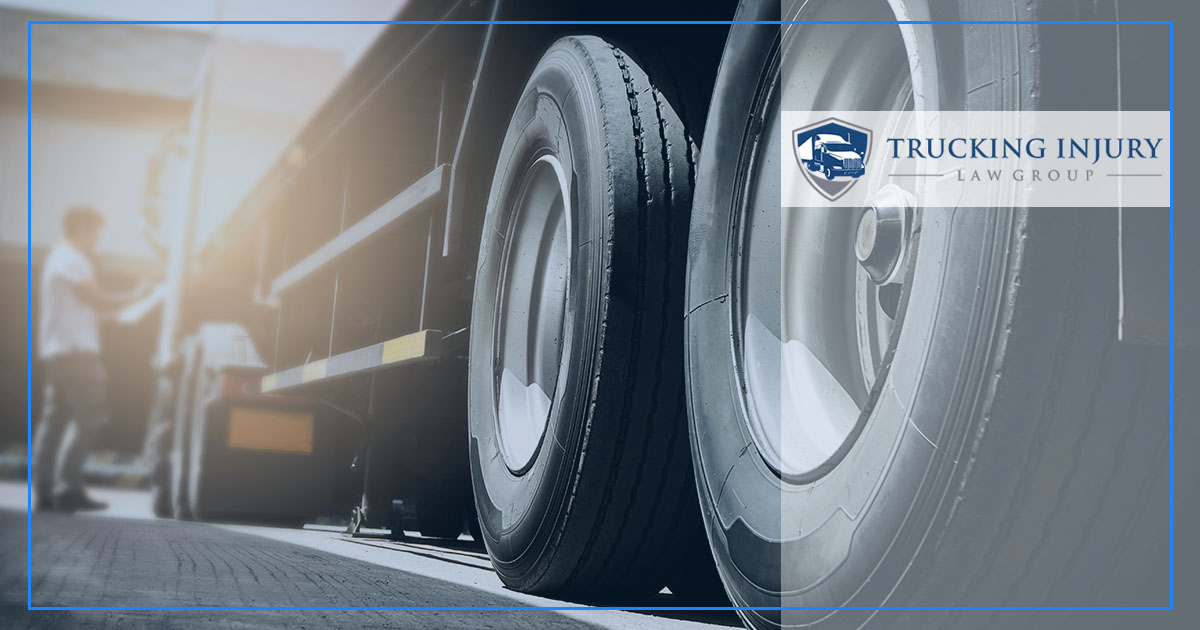Is Collision Avoidance Technology Mandatory?
The federal government passed a national seat belt law in 1968. Once passed, it required all auto manufacturers to make those safety devices standard in every new car. That didn’t mean drivers and passengers had to use the belts; it just had to be installed on new vehicles. Washington adopted its mandatory law in 2002.
Today, collision avoidance technology (CAT) might be the new “seatbelt.”
President Biden’s Transportation Secretary, Pete Buttigieg, has proposed a law to make collision avoidance technology mandatory on all new cars. According to NBC News, a qualifying system CAT system would need to be capable of:
- Aiding motorists in avoiding contact when traveling up to 62 MPH
- Detecting pedestrians when it is dark outside.
- Braking for a motorist traveling at up to 45 MPH if it identifies a pedestrian
How Onboard Warning Systems Prevent Crashes
Generally speaking, collision avoidance technology aims to prevent a motor vehicle from striking another automobile, pedestrian, or object. However, these systems’ configurations may vary depending on the car on which they are installed. Some common features crash reduction software like this has includes:
- Forward-Collision Warning: This system deploys sensors to detect when a vehicle gets too close to another car or a pedestrian and alerts the driver about this.
- Auto Emergency Braking: This type of CAT system, which operates from both the front and rear of a vehicle, sends an alert to the driver and automatically applies the brakes for them. This onboard technology is particularly effective in preventing fender benders.
- Lane Departure Warning: The vehicle’s onboard camera tracks the vehicle in motion. If it wanders across lane markings, it will send an alert to the driver. Some automobiles with lane departure warning systems can even guide a vehicle back into the correct lane.
- Parking Sensors: Parking sensors detect nearby objects such as curbs, walls, shopping carts, low-lying objects like kids and their bikes, and other potential hazards that are too close to a vehicle when parking or backing up. Rear-view cameras, as these are often referred to, are very helpful when pulling out of a driveway.
- Curve Adaptive Headlights: These pivot with the steering wheel and provide greater visibility for driving at night.
According to the National Highway Traffic Safety Administration (NHTSA), the number of fatalities from vehicle crashes in 2023 decreased by 3.6% from 2022. That still meant that 40,990 died in those crashes. Proponents of collision avoidance technology argue that these systems might have prevented some of those deaths.
Crash Avoidance Technology Liability
While it may be easy to assume that cars and trucks already equipped with this technology will be crash-free, this isn’t necessarily the way things go. Thus, if you’ve been hurt in a rear-end accident involving a truck with CAT, it might help to discuss the incident with an attorney.
Our experience in handling these types of wrecks at Trucking Injury Law Group allows us to provide a comprehensive assessment of the merits of an accident.
For instance, a trucker who is found negligent in an accident might try to assign blame to their CAT for its occurrence. While that might be a reasonable assertion to make, the vehicle manufacturer may share responsibility for the collision as well.
Thus, an injured motorist may be able to hold both the truck driver and automaker or their third-party software designer liable for the crash, for example.
There have already been many lawsuits involving Tesla’s autopilot system, which has been pinpointed as a contributing factor to car wrecks, some of which have caused pedestrian fatalities. The responsibility falls on manufacturers’ shoulders to perform rigorous testing on their collision avoidance technology before installing such software on their vehicles.
When a car manufacturer fails to warn its customers about potential limitations of its systems, that could be considered a breach of their duty, which could make them liable for any adverse outcome, like a collision, that results.
There could also be issues with the CAT systems that are beyond a driver’s responsibility. Just because a driver understands how safety technology like this works does not guarantee that it will perform flawlessly every time.
Severe weather conditions such as rain, sleet, snow, and fog can trigger a system failure that leads to a crash. Additionally, automatic braking systems can fail, leading to unintended wrecks.
Truck Driver Liability for Accidents Software Did Not Prevent
Many semi-trucks are now equipped with CAT. However, as hinted at above, not all collision avoidance technology programs “slam on the brakes.”
Instead, the software may merely provide warnings to vehicle operators of impending collisions. That puts the liability onto the trucker who fails to adequately respond to warnings to avoid accidents. In fact, some CAT system instructions specifically state that the driver needs to always be on alert and ready to assume control over their vehicle.
Collision Avoidance Technology Oversight
Implementing collision avoidance technologies falls under the purview of the U.S. Department of Transportation (DOT). That federal agency develops minimum performance standards for crash avoidance technologies. NHTSA, which is a division of the DOT, investigates any defect in CAT systems that might contribute to accidents.
The Automobile Association of America estimates that if forward collision warnings, blind spot monitoring, and lane-keeping assist systems were installed on all new cars, they could prevent over 2.7 million crashes.
Support for Filing Accident Claims
We all hope that collision avoidance technology enhances safety instead of causing crashes, but as the examples we shared above illustrate, that doesn’t always happen.
You can count on our legal team at the Trucking Injury Law Group to thoroughly assess the accident reports and other documentation to decide the merits of your potential case.
We provide support for truck crash victims in Tacoma and other parts of Washington, Idaho, Nevada, and Oregon. Our work together begins with a free initial consultation.
Call to set up that initial meeting today and get the right support for your crash caused by collision avoidance technology.






